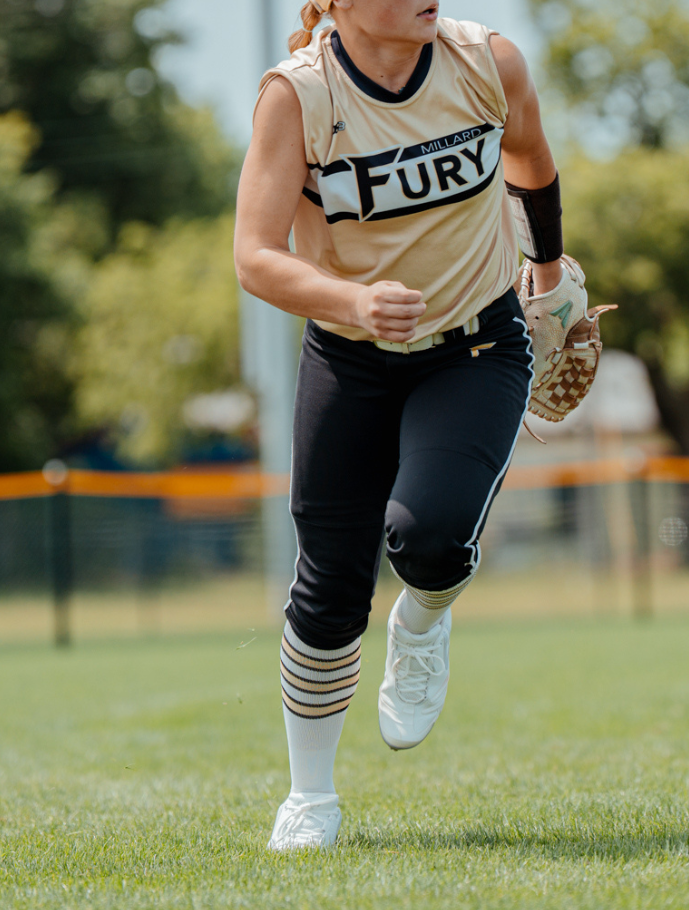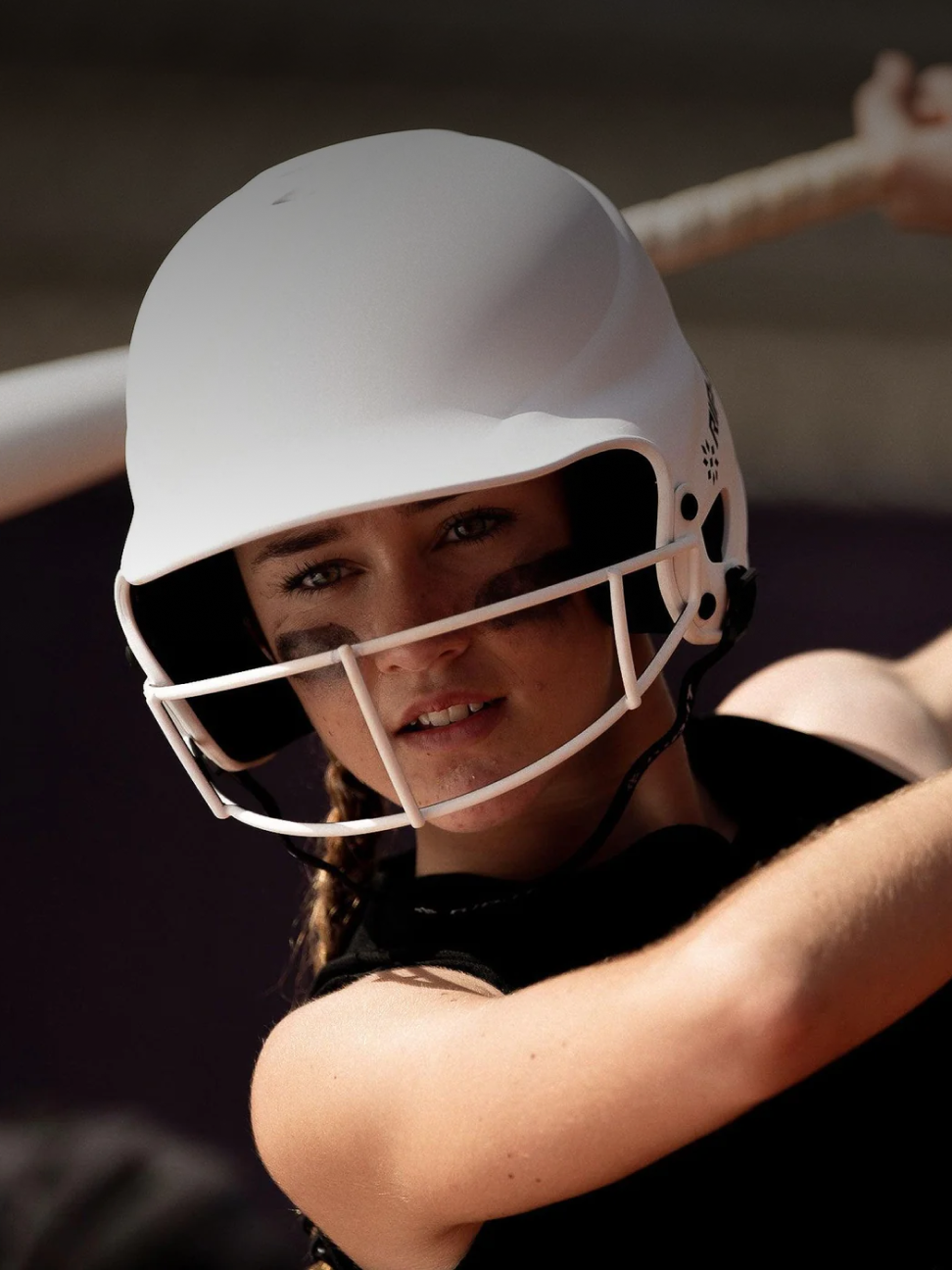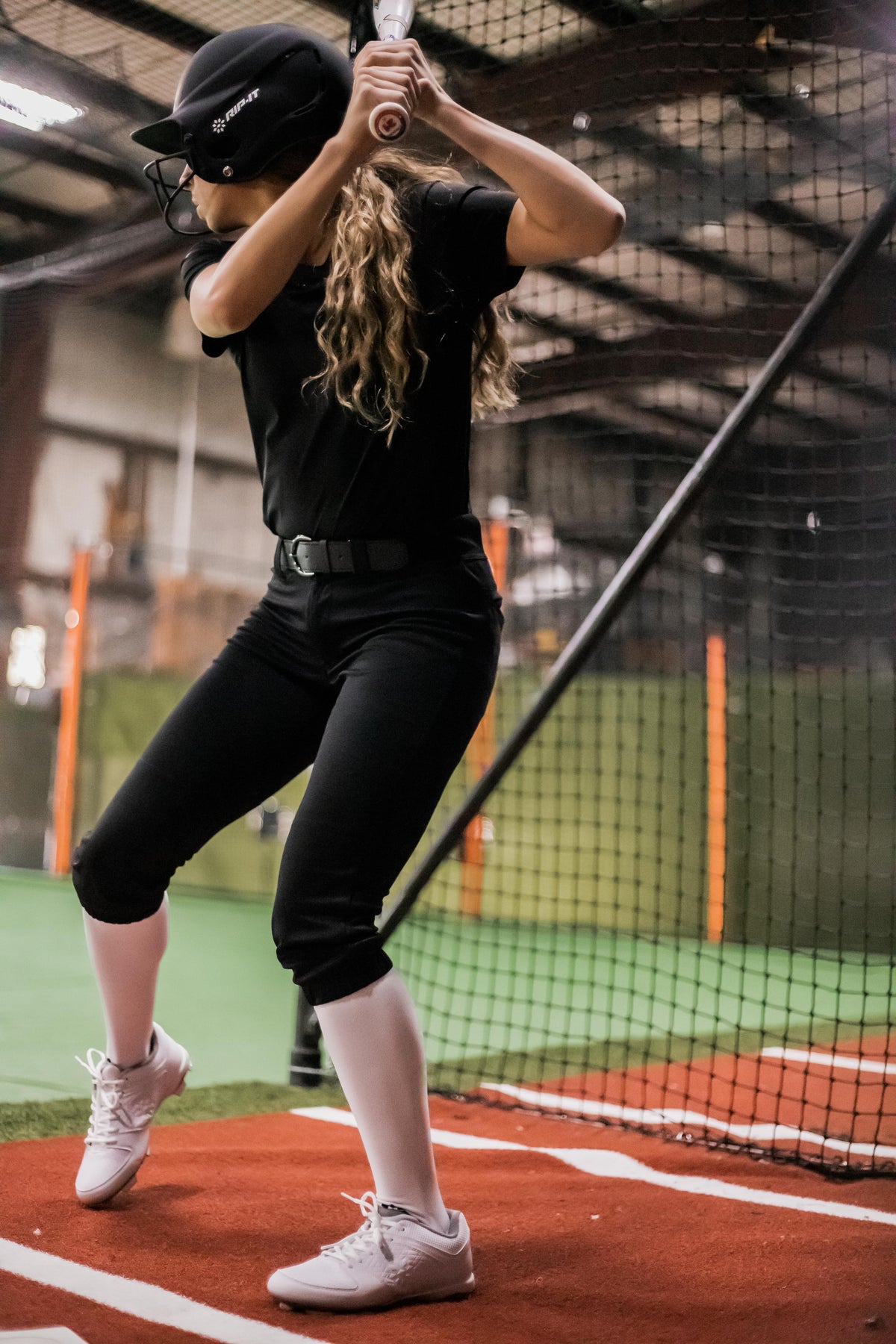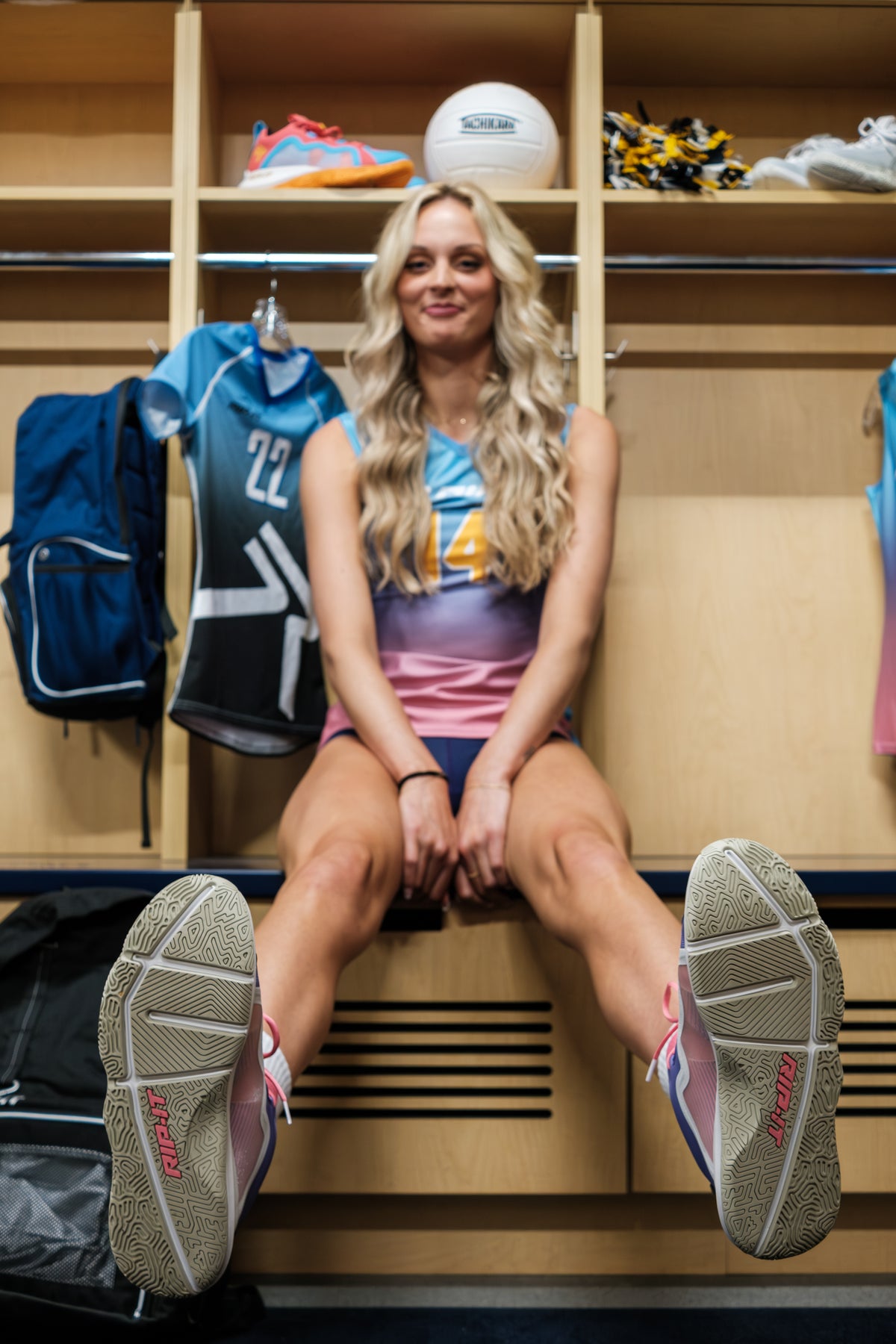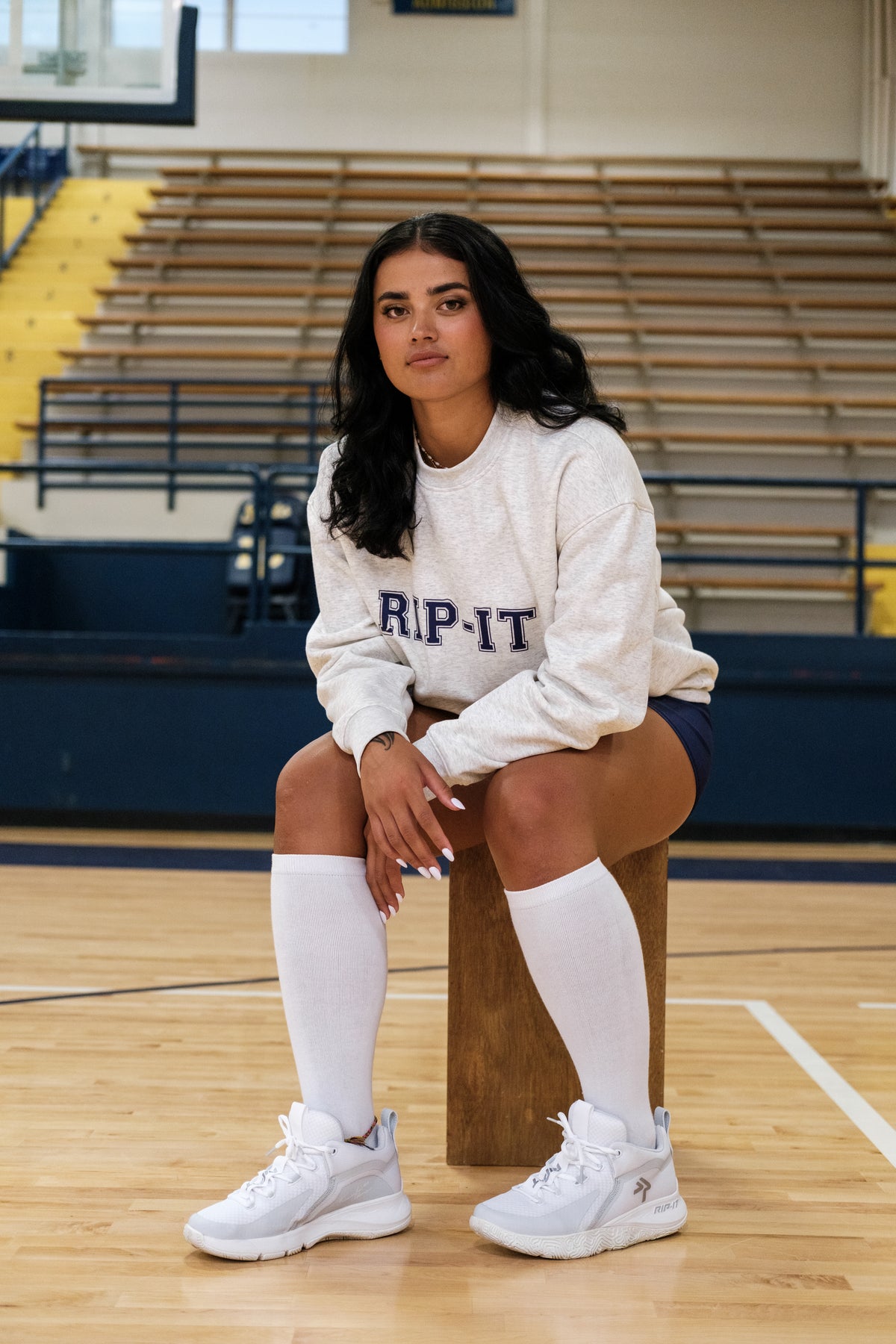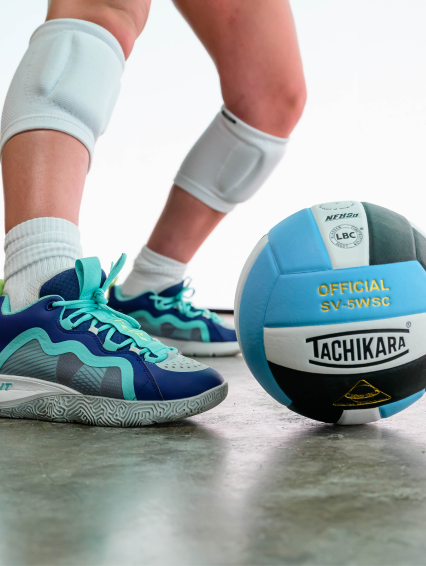How to Choose the Perfect Softball Cleats for Your Playing Style

Choosing the right footwear for softball can have a significant impact on athletic performance, and understanding the differences between turfs, cleats, and spikes is crucial. Turf shoes are designed specifically for use on artificial turf fields, while cleats are designed for use on natural grass fields. Spikes are metal cleats that offer a third option to players who want even more traction on natural fields but should not be used on turf fields.
Turf shoes offer excellent traction on turf fields and are ideal for players who play on these surfaces frequently. They are designed to provide maximum grip and support without damaging the turf. Turf shoes also tend to be more lightweight and flexible, which can provide a better feel for the ground and allow for more natural movements. It's also important to consider your playing style and position - if you're an infielder who needs to make quick movements, for example, lightweight and flexible turf shoes may be the best choice.
When it comes to training, turf shoes are ideal for players who practice on artificial turf. They offer excellent grip and support, which is important for quick movements and agility drills. They are also lightweight and flexible, making them a great choice for workouts that require a lot of movement. However, when it comes to game day, turf shoes may not be the best choice if you're playing on a natural grass field. In this case, you'll want to switch to cleats to ensure you have the necessary traction on the field.
Cleats offer good traction on natural grass fields, making them ideal for players who play on grass surfaces. They are designed to penetrate the grass and provide more stability and support during quick movements. Cleats also tend to be more versatile, making them a good choice for both training and game-day use. You should also consider your playing style and position - if you're a pitcher who needs extra stability, support, and durability, for example, pitching toe cleats may be the best choice.
Spikes, on the other hand, provide even more traction on natural grass fields, making them ideal for players who want maximum grip and stability during quick movements. However, spikes should not be used on turf fields as they can damage the surface. It's also important to consider your personal comfort level - if spikes feel uncomfortable or unnatural to you, then they may not be the best choice for your playing style.
When it comes to training, spikes are a great option for players who want maximum traction and support on natural grass fields. They provide the necessary grip for quick movements and changes in direction, allowing you to optimize your athletic performance. However, spikes should be used with caution during training to prevent injury. On game day, spikes are a great option for players who are playing on natural grass fields and want maximum traction and support during quick movements.
Ultimately, the decision between turfs, cleats, and spikes comes down to personal preference and playing style. It's important to choose footwear that is comfortable and provides the necessary support and traction for your specific position and playing style. Brands like RIP-IT Sports offer a variety of cleats and turf shoes specifically designed for softball players that incorporate advanced technology to enhance athletic performance and reduce recovery time.
In conclusion, choosing the right footwear for softball is crucial for enhancing performance and reducing the risk of injury. When deciding between turf shoes, cleats, and spikes, consider the type of surface you will be playing on most frequently, your specific position, and your personal preferences. By investing in high-quality gear from brands like RIP-IT Sports, softball players can optimize their performance and reduce recovery time, allowing them to perform at their best on the field. Make sure to switch between shoes for training and game day, to ensure you are maximizing your athletic performance and staying injury-free.


